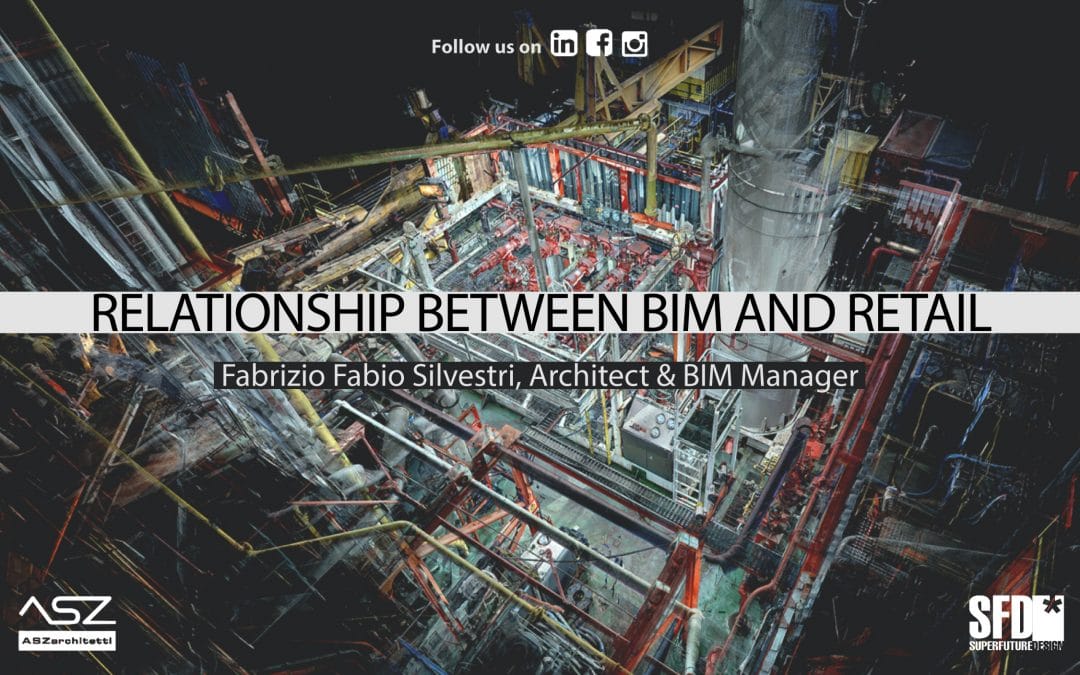When you hear the word “Retail,” it basically indicates retail distribution. This is the way to increase the sellout by assorting products based on certain marketing strategies, which involve the number and type of products that a store displays display on shelves.
Every brand or Retail has its specific standards made up of various sales methods, including commercial practices and centralized management systems. These commercial practices also reflect in the structural choices of the shops of brands. You can make the architectural decision more easily with the help of Building Information Modeling (BIM).
BIM offers many advantages in the construction phase of the Retail store, like any other architectural project. While one is a high-standard architectural design pointing to a standard commercial strategy, such as Retail, the other method allows managing the project standards. For this reason, you can say the BIM and Retail together can do wonders.
BIM and Retail: Different Phases
BIM offers a bundle of tools to facilitate the construction of the retail store, but its work does not end here. Through BIM, architects design a wonderfully structured building whose premises can facilitate the Retailers to improve customer experience and selling of products. Building in the Retail sector constitutes a phase preceding the core of the business.
There are two phases of BIM that manages your brand before its inception to its renovation and improvement.
Phase #1: Physical Construction
The construction of a project with the help of BIM has the following advantages.
· Calculation of Material and Cost
Through the BIM model, you can get a precise number of every element required for the project, such as floors, furnishings, lights, finishes, etc. Not to mention, you can update the client on the cost and expenses at any phase of the planning.
· Information Levels
BIM allows us to get updated information required at any phase through correctly managing the model’s LOD (level of development). The information can be about the macro construction element to the detailed elements in each phase. If the family libraries get implemented properly, you will be able to extract detailed information from the beginning of the project planning.
· Coherent Documentation
BIM helps you develop the final project documentation, including graphics such as plans, renders, sections, and information such as reports and metric calculations. It ensures the various designs in the project are coherent (if produced correctly).
· Incorporate Different Specialties
By involving techniques like real spatial positioning and other work-sharing tools, you can integrate various aspects suggested by different consultants to create the project. This allows you to build coordination between the various specialties such as architecture, MEP, and structure in real-time. It saves you from experiencing troubles and unexpected events later in the project.
· Project Understanding
Many retailers face trouble in reading and understanding 2D drawings. They don’t have enough knowledge about the technology to understand the project. A 3D view of the project gives the exact visuals and images that don’t require the clients to have sound technical knowledge. Thus, they can understand the project.
Phase#2: Business and Facility Management
The Retail industry produces enormous capital; it can establish itself throughout the world. The need for this sector allows it to update its procedures and methods to give better customer experience. This enormous industry will see major developments and upgrades in the future.
For instance, you want to upgrade the products in the retail store. You can achieve this with the help of the 3D model connected to a 3D version of the planograms. BIM will automatically change the products on the windows. Moreover, you can also monitor the sale of products in the operational phase of the brand.
Not only this, but you can go one step further. If the physical store is obsolete and online purchases become the new practice, this must give a real-time virtual experience. Thus, your virtual avatar will go around the retail store instead of you.
The information model technique of BIM will shape the virtual experience in the future. However, it needs to integrate the updated planograms planning software. But until then, BIM will assist you in the long-term retail function. BIM and Retail both can work together to manage the business at any time of its operation.
Bottom Line
BIM and Retail relationships are new for some people, but soon it will get popular enough to enjoy a relatively new experience. This will help project managers to work with the clients in each phase, from the conception to construction, and opening of the Retail store. It will also allow them to help the Retailers grow their business, from resource management to expansion of their brands and cost calculation.

